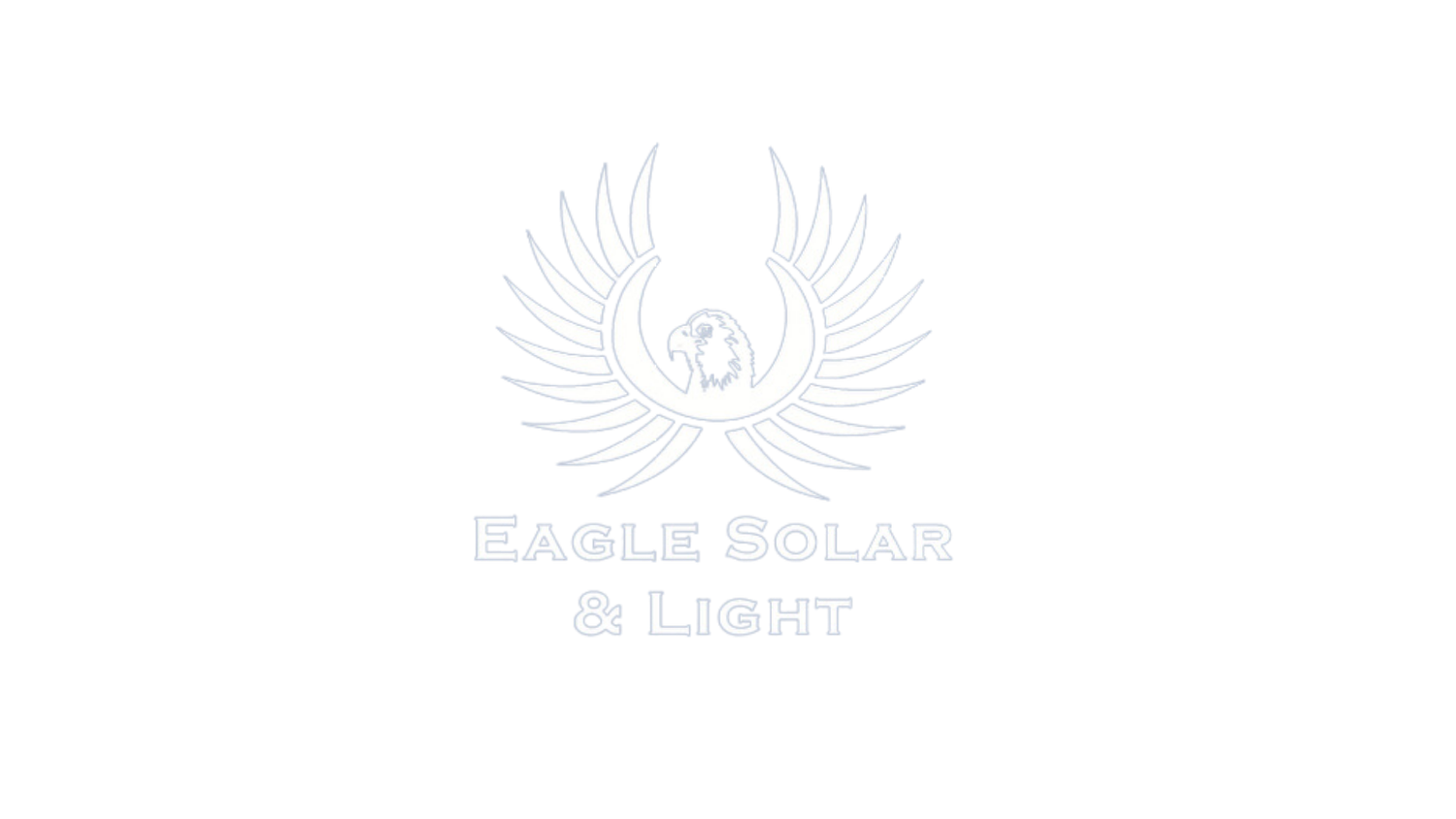10% & 20% Low-Income IRA Adders + Energy Communities Updates
As promised, we are keeping you fully updated on all things Inflation Reduction Act!
With the 2023 solar low-income adder application window behind us (closed November 18), we are waiting to hear if all the available funds will be allocated.
If the amount applied for is less than the available funds, by how much?
If there are any excess funds, they will be allocated on a rolling basis, and currently the federal government is taking rolling applications but we are not drawing any conclusions about available funds.
In North Carolina we are seeing that the 10 percent adder can reduce payback time by two to three years! Without the adder, payback for purchasing a commercial scale solar installation is generally eight to eleven years.
Note: The 20% adder applies to multi-family housing projects - much like our recent project in downtown Asheville, NC for Maple Crest Public Housing at Lee Walker Heights, pictured below!
You can use this map to determine if you are located in a low-income area. Use the magnifying glass in the upper right-hand corner of the window to enter your address.
Procedures for applying for the low-income adder are found at this DOE link when you scroll down to “Program Resources” and the “Applicant User Guide.”
Be sure to check out the “Apply” link and be aware of the need for a Login.gov account, which is also mentioned in the Applicant User Guide.
If a low-income adder is awarded to your nonprofit or business, you have four years to use it!
When will the 2024 low-income adder application window open?
We are hearing but have not yet confirmed that the federal government will open the 2024 low-income adder 30-day application window at the end of the first quarter or beginning of the second. If this is the case, it is in the best interest of nonprofits and businesses to start making their solar plans now and be prepared to file for the adder when the first application window opens, which is when applicants are treated as having applied at the same time. There could potentially be a second application window if funds are not fully used, with applications accepted on a rolling basis.
Schedule a consultation with ESL to begin your solar exploration!
How does the 10% low-income adder impact solar costs for nonprofits and businesses?
Nonprofits
For nonprofits the adder means that the federal government will pay for 40 percent of the cost of a solar installation (and batteries too!), with funds sent to the owner of the building when a tax return is filed. Filing a tax return to receive direct payment may sound surprising, but it is now a thing for nonprofits who install solar energy. Federal procedures for nonprofits who need to file a tax return are expected in December 2023.
Businesses
For businesses, the low-income 10 percent adder means an additional Investment Tax Credit, for a total of 40 percent. The business claims the tax credit as part of its tax return for the year that solar energy was commissioned.
Multi-family Residential Communities (either commercial or nonprofit)
If a multi-family residential community is the recipient, an additional 20 percent is available to the owner of the property.
Energy Communities 10 percent adder and the low-income adder
The federal government has created an Energy Communities adder to help counties with closed coal plants and coal mines, as well as adjacent counties. Brownfields are included in this adder. The Energy Communities 10 percent adder plus the low-income 10 percent or 20% adders are possible if geography is in your favor. These adders combined could bring your federal incentives total to 50% - 60% of the cost of a solar installation (or batteries). You can determine if you are in an Energy Community by visiting this DOE Map. Note the magnifying glass in the upper right-hand corner where you can enter an address (pictured below).
You can learn more about the program at this DOE link!
We will be posting updates about the low-income adder as they are available. If you have additional questions, check out some of the previous IRA blog posts.
If you are ready to get started exploring solar, schedule a consultation!
Thank you for reading!




